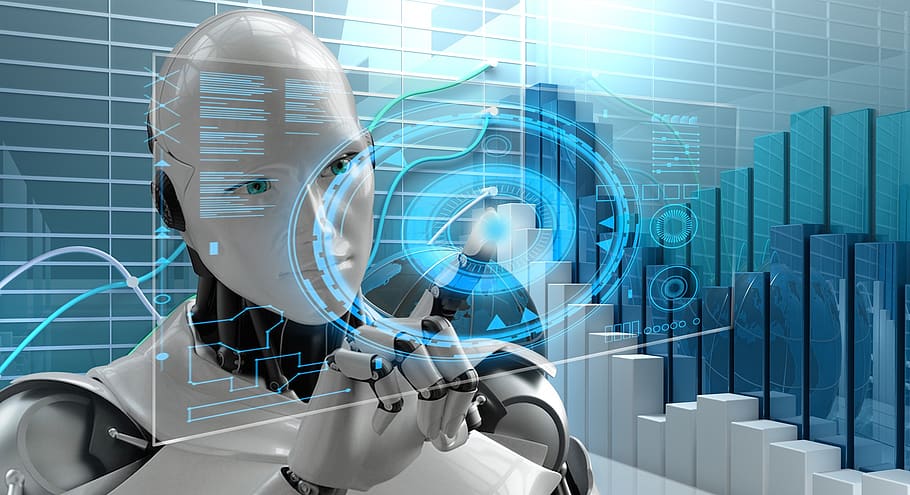The world of business has never been more data-driven than it is today. With the amount of information available at our fingertips, it’s possible to make smarter decisions that can have a significant impact on the bottom line. One of the most powerful tools in the business world is predictive analytics, a subset of data science that allows businesses to make predictions about future events and outcomes based on historical data.
In this article, we’ll explore the power of predictive analytics and how it can revolutionize business decision-making. We’ll discuss what predictive analytics is, how it works, and some of the benefits it can offer businesses.
What is Predictive Analytics?
Predictive analytics is a branch of data science that involves using statistical algorithms and machine learning techniques to analyze historical data and make predictions about future events or outcomes. Predictive analytics can be used in a wide range of applications, including marketing, finance, healthcare, and more.
At its core, predictive analytics is all about using data to identify patterns and make informed predictions. By analyzing historical data, predictive analytics algorithms can identify trends and patterns that can help predict future outcomes. For example, a marketing team might use predictive analytics to identify the characteristics of customers who are most likely to convert, while a financial institution might use predictive analytics to forecast future revenue based on historical sales data.
How Does Predictive Analytics Work?
The process of predictive analytics typically involves several steps. First, data is collected from various sources, such as databases, customer interactions, social media, and more. This data is then cleaned and processed to ensure that it is accurate and relevant. Once the data has been processed, statistical algorithms and machine learning techniques are used to identify patterns and relationships within the data.
Once these patterns and relationships have been identified, predictive models can be developed. Predictive models are mathematical representations of the relationships between different variables in the data. For example, a predictive model might use historical sales data to predict future sales based on factors like time of year, marketing spend, and customer demographics.
Finally, the predictive models are tested and refined to ensure that they are accurate and reliable. This process may involve tweaking the models based on new data, adjusting parameters, or using different algorithms to achieve better results.
Benefits of Predictive Analytics
There are many benefits to using predictive analytics in business decision-making. Here are just a few of the ways that predictive analytics can help businesses:
- Better Decision-Making: Predictive analytics can help businesses make better decisions by providing insights into future outcomes. By using predictive models to forecast future events, businesses can make informed decisions that are more likely to lead to positive outcomes.
- Increased Efficiency: Predictive analytics can help businesses streamline their operations by identifying areas where they can improve efficiency. For example, a predictive model might identify bottlenecks in a manufacturing process, allowing a business to make changes that improve efficiency and reduce costs.
- Improved Customer Satisfaction: Predictive analytics can help businesses better understand their customers’ needs and preferences. By using predictive models to identify patterns in customer behavior, businesses can tailor their products and services to better meet the needs of their customers.
- Reduced Risk: Predictive analytics can help businesses identify and mitigate risks before they become major problems. For example, a financial institution might use predictive analytics to identify borrowers who are at high risk of defaulting on a loan, allowing them to take steps to reduce their exposure to risk.
Conclusion
Predictive analytics is a powerful tool that can help businesses make better decisions, increase efficiency, improve customer satisfaction, and reduce risk. By using statistical algorithms and machine learning techniques to analyze historical data, businesses can develop predictive models that can forecast future outcomes with a high degree of accuracy. With the help of predictive analytics, businesses can gain a competitive edge and make smarter decisions that can have a positive impact on their bottom

